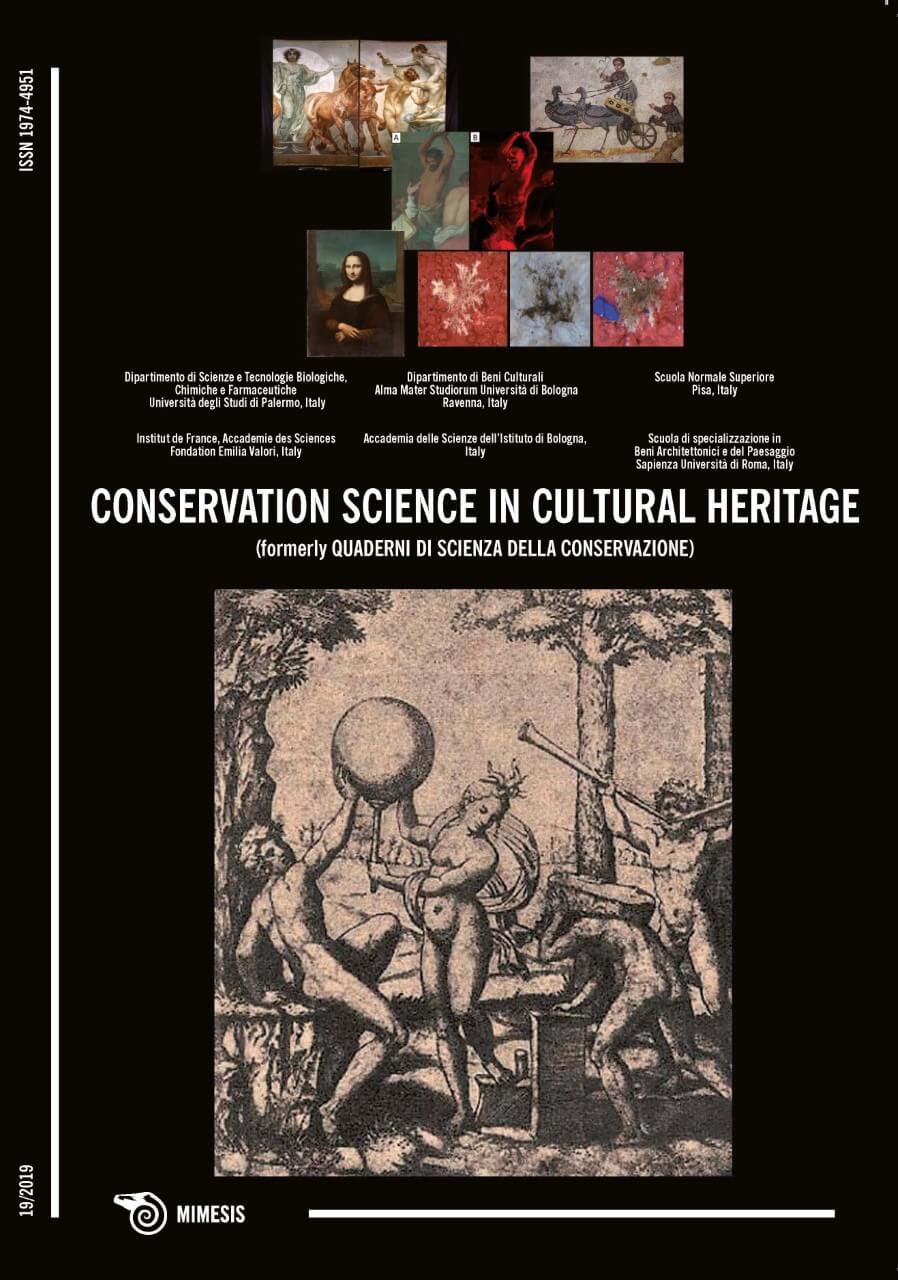Towards an Analytical Habitability Grid for Heritage: the Medina of Mostaganem as a Case Study
DOI:
https://doi.org/10.6092/issn.1973-9494/9947Keywords:
criteria, grid, habitability, medinal heritageAbstract
Conservation of historic cities is limited in many countries to valorization and safeguarding which is performed utilizing several types of interventions. Many countries aware of the importance of their heritage in the development of human life, are currently concerned with their inhabitants’ participatory role in conservation. The historic cities in Algeria are not immune to this fact. Nowadays, particular attention is paid to the quality of life in historic Algerian cities which are in continuous transformation. It has become an urgent issue to inquire into the state of these medinas. The aim of this article is to design an analysis grid of habitability for these historical cities in order to interpret the quality of life, as well as the understanding of the man-made quest for ideal livability. The adopted methodology is divided into two parts: first, making the grid and second, its projection and analysis. Application of the grid requires very diverse data and a field of study. For this purpose, several tools were mobilized: a questionnaire survey, field measurements and direct diagnosis. For a positive outcome to the research, fieldwork is essential. This is the case study of the Medina of Mostaganem.Downloads
Published
2020-03-18
How to Cite
Bouzid, F., Kacemi Maghfour, M., & Ammougou Mballa, E. (2019). Towards an Analytical Habitability Grid for Heritage: the Medina of Mostaganem as a Case Study. Conservation Science in Cultural Heritage, 19(1), 81–98. https://doi.org/10.6092/issn.1973-9494/9947
Issue
Section
Articles
License
Copyright (c) 2019 Fatima Bouzid, Malika Kacemi Maghfour, Emmanuel Ammougou Mballa
Copyrights and publishing rights of all the texts on this journal belong to the respective authors without restrictions. Authors grant the journal right of first publication.
This journal is licensed under a Creative Commons Attribution 4.0 International License (full legal code).
See also our Open Access Policy.






